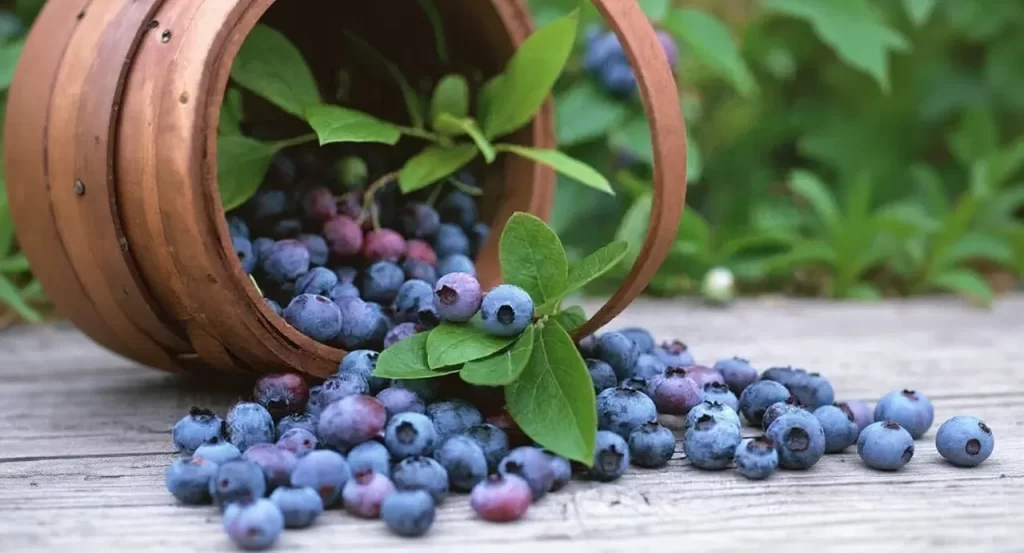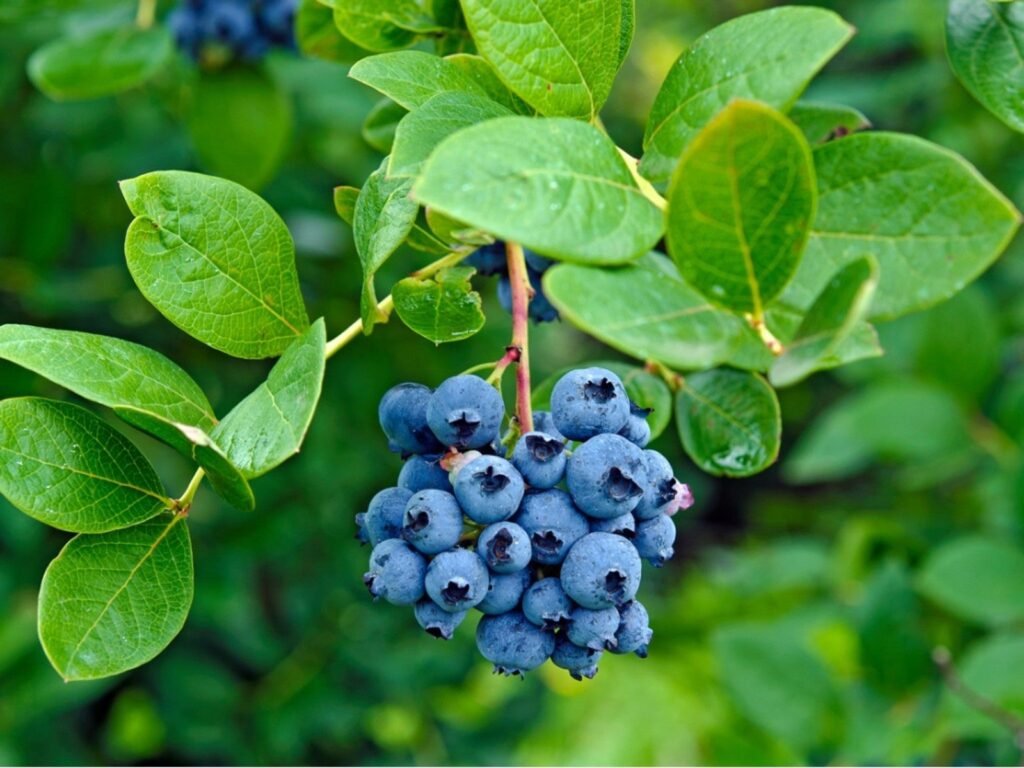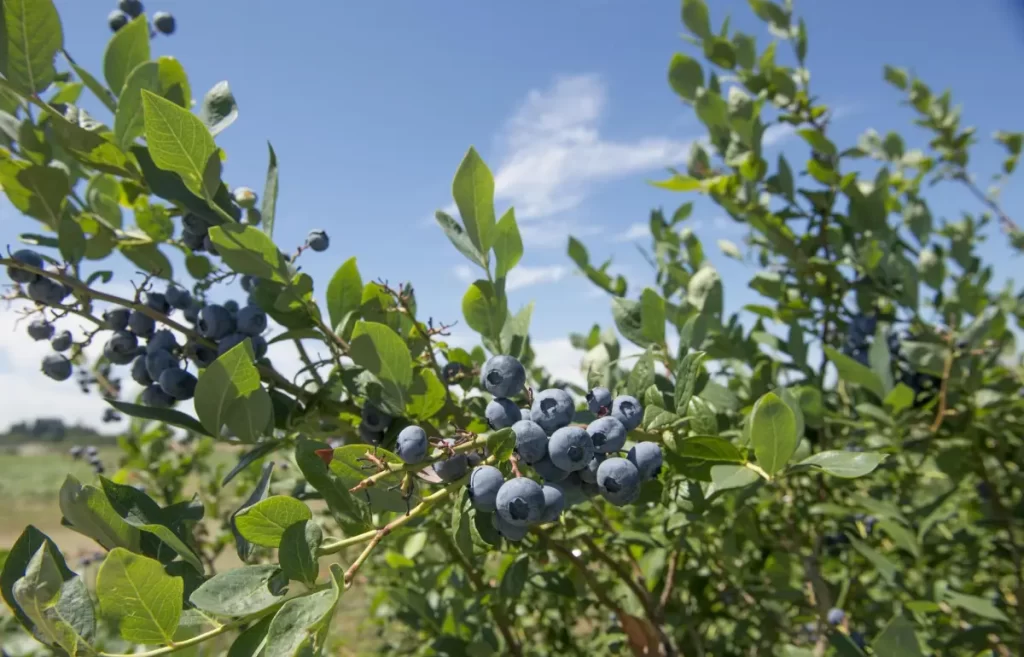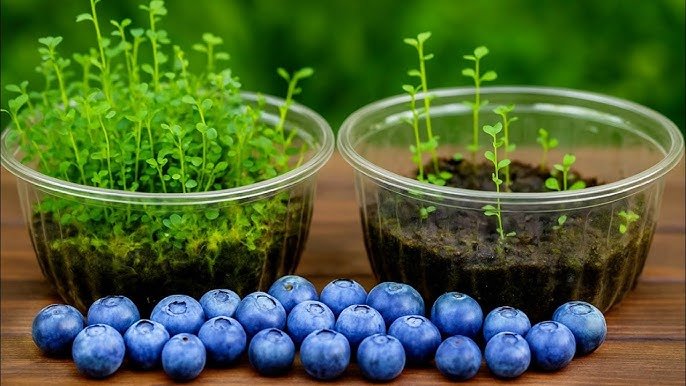Blueberries (Vaccinium spp.) are small but mighty fruits, packed with antioxidants, vitamins, and flavor. While many gardeners buy young blueberry plants, growing blueberries from seeds is an affordable and rewarding alternative. It allows you to cultivate varieties suited to your climate and enjoy the satisfaction of nurturing plants from the very beginning.
Contrary to popular belief, planting blueberries from seeds doesn’t have to be slow or complicated. With the right approach, you can germinate seeds quickly, grow healthy seedlings, and eventually harvest your own blueberries. In this guide, we’ll take you through every step—from seed preparation to care and transplantation—so you can get started successfully.
Why Grow Blueberries from Seeds?

- Cost-Effective: Seeds are far cheaper than buying nursery plants.
- Variety Selection: You can experiment with different types of blueberries, including highbush, lowbush, and rabbiteye varieties.
- Rewarding Process: Watching blueberries grow from tiny seeds to fruit-bearing plants is incredibly satisfying.
- Control Over Growth Conditions: Growing from seeds allows you to ensure organic and pesticide-free cultivation.
- Long-Term Harvests: Blueberries are perennial plants, meaning once established, they can produce fruit for many years.
Step 1: Selecting and Preparing Blueberry Seeds

- Source of Seeds:
- You can extract seeds from fresh blueberries or purchase high-quality seeds online.
- Choose ripe, healthy blueberries for the best germination.
- Extracting Seeds:
- Mash the fruit gently in a bowl with water.
- Let the mixture sit for a day to allow the pulp to separate from the seeds.
- Rinse thoroughly and dry seeds on a paper towel for 24 hours.
- Optional Stratification (Cold Treatment):
- Blueberry seeds benefit from a cold period to improve germination rates.
- Place seeds in a damp paper towel inside a sealed plastic bag.
- Refrigerate for 2–4 weeks before planting.
Pro Tip: Using stratified seeds speeds up germination and improves uniformity.
Step 2: Choosing the Right Growing Medium

Blueberries prefer acidic, well-draining soil. For seed germination:
- Soil Mix:
- 2 parts peat moss (acidic)
- 1 part perlite or sand (for drainage)
- pH Level:
- Ideal pH: 4.5–5.5
- You can test soil with a pH meter or strips.
- Sterilization:
- Sterilize soil by baking it at 180°C (350°F) for 30 minutes or use commercially sterile seed-starting mix.
Pro Tip: Avoid regular garden soil; blueberries are sensitive to alkaline conditions and poor drainage.
Step 3: Planting Blueberry Seeds
- Seed Sowing:
- Fill seed trays or small pots with prepared soil.
- Place 2–3 seeds on the surface and lightly cover with a thin layer of soil (about 1–2 mm).
- Watering:
- Mist gently to moisten soil without washing away seeds.
- Keep the soil consistently damp but not soggy.
- Temperature and Light:
- Ideal temperature for germination: 20–25°C (68–77°F).
- Place trays in a bright spot with indirect sunlight or under fluorescent grow lights.

Pro Tip: Cover trays with clear plastic or a propagation dome to maintain humidity, which encourages faster germination.
Step 4: Germination and Early Seedling Care
- Germination Time:
- Blueberry seeds typically germinate in 2–6 weeks.
- Be patient; germination is slow but steady.
- Thinning Seedlings:
- Once seedlings develop 2–3 true leaves, thin to one per cell or pot.
- This prevents overcrowding and allows the strongest seedlings to thrive.
- Watering and Humidity:
- Keep soil evenly moist.
- Avoid waterlogging, which can cause root rot.
- Lighting:
- Provide 12–14 hours of light daily using natural sunlight or LED grow lights.
Pro Tip: Avoid fertilizing seedlings heavily at this stage; they are sensitive. Use diluted, balanced liquid fertilizer if needed.
Step 5: Transplanting Seedlings to Larger Containers

Once seedlings have 3–4 sets of true leaves:
- Choosing Containers:
- Use 4–6 inch pots initially, then move to 8–12 inch pots.
- Ensure good drainage with multiple holes at the bottom.
- Soil:
- Continue using acidic, well-draining mix.
- Mix in organic matter like peat or compost to encourage strong root growth.
- Transplanting Technique:
- Gently remove seedlings from trays, keeping roots intact.
- Plant at the same depth as before.
- Water immediately after transplanting.
Pro Tip: Handle roots carefully; blueberries have delicate root systems that can be easily damaged.
Step 6: Light, Temperature, and Humidity Requirements
- Sunlight:
- Blueberries thrive in full sun for 6–8 hours daily.
- For indoor growth, supplement with LED grow lights.
- Temperature:
- Ideal growing temperature: 18–24°C (65–75°F).
- Protect seedlings from frost or extreme heat.
- Humidity:
- Maintain moderate humidity for young plants.
- Too high can cause fungal issues; too low can dry seedlings out.
Pro Tip: Use a fan or gentle airflow indoors to prevent fungal growth while maintaining humidity.
Step 7: Fertilization and Nutrition
- Seedling Stage:
- Use diluted, balanced liquid fertilizer (e.g., 10-10-10 NPK).
- Fertilize every 3–4 weeks.
- After Transplanting:
- Use fertilizers formulated for acid-loving plants, like azalea or rhododendron fertilizer.
- Avoid excessive nitrogen; focus on phosphorus and potassium during early growth to promote flowers and berries.
Pro Tip: Organic options include compost tea, fish emulsion, or seaweed extract.
Step 8: Pruning and Training Blueberry Plants
- Early Pruning:
- Remove weak or damaged stems to focus energy on healthy growth.
- Training:
- Encourage a bushy shape by gently pinching tips.
- Maintain 3–5 main stems for optimal fruiting in mature plants.
- Flowering Stage:
- Once plants flower, ensure pollination (manual or insect-assisted if indoors).
Pro Tip: Proper pruning increases berry size, plant health, and overall yield.
Step 9: Pests and Disease Management
Common issues for young blueberries include:
- Pests: Aphids, spider mites, and whiteflies.
- Use neem oil or insecticidal soap for control.
- Diseases: Fungal infections such as powdery mildew or root rot.
- Avoid overwatering and ensure good airflow.
- Remove affected leaves immediately.
Pro Tip: Healthy seedlings in proper soil and light conditions are naturally resistant to most issues.
Step 10: Transplanting to Garden Beds or Larger Containers
Once seedlings reach 6–8 inches in height:
- Choose a Location:
- Full sun with acidic, well-draining soil (pH 4.5–5.5).
- Planting Technique:
- Space plants 2–3 feet apart in rows or raised beds.
- Mulch with pine needles or straw to maintain acidity and moisture.
- Care After Transplanting:
- Water regularly.
- Fertilize with acid-loving plant fertilizer during the growing season.
Pro Tip: Protect young transplants from frost using cloches or row covers.
Step 11: Harvesting Blueberries
- Time to First Harvest:
- Blueberries grown from seeds typically take 2–3 years to bear fruit.
- Patience pays off with long-term yields for many years.
- Harvesting Tips:
- Pick berries when fully blue and slightly soft.
- Gently twist or use scissors to avoid damaging stems.
Pro Tip: Regular harvesting encourages more fruiting and keeps plants healthy.
Conclusion
Growing blueberries from seeds may require patience, but it is surprisingly easy and highly rewarding with the right method. By following these steps—preparing seeds, using acidic soil, providing proper light, water, and nutrients, and careful care—you can successfully germinate seeds quickly and grow healthy, fruit-bearing blueberry plants.
Whether you’re a beginner gardener or a seasoned enthusiast, this method allows you to enjoy homegrown, pesticide-free blueberries and the satisfaction of cultivating plants from scratch. Start today, and within a few years, your garden can be filled with sweet, juicy blueberries ready to enjoy straight from your own backyard.
